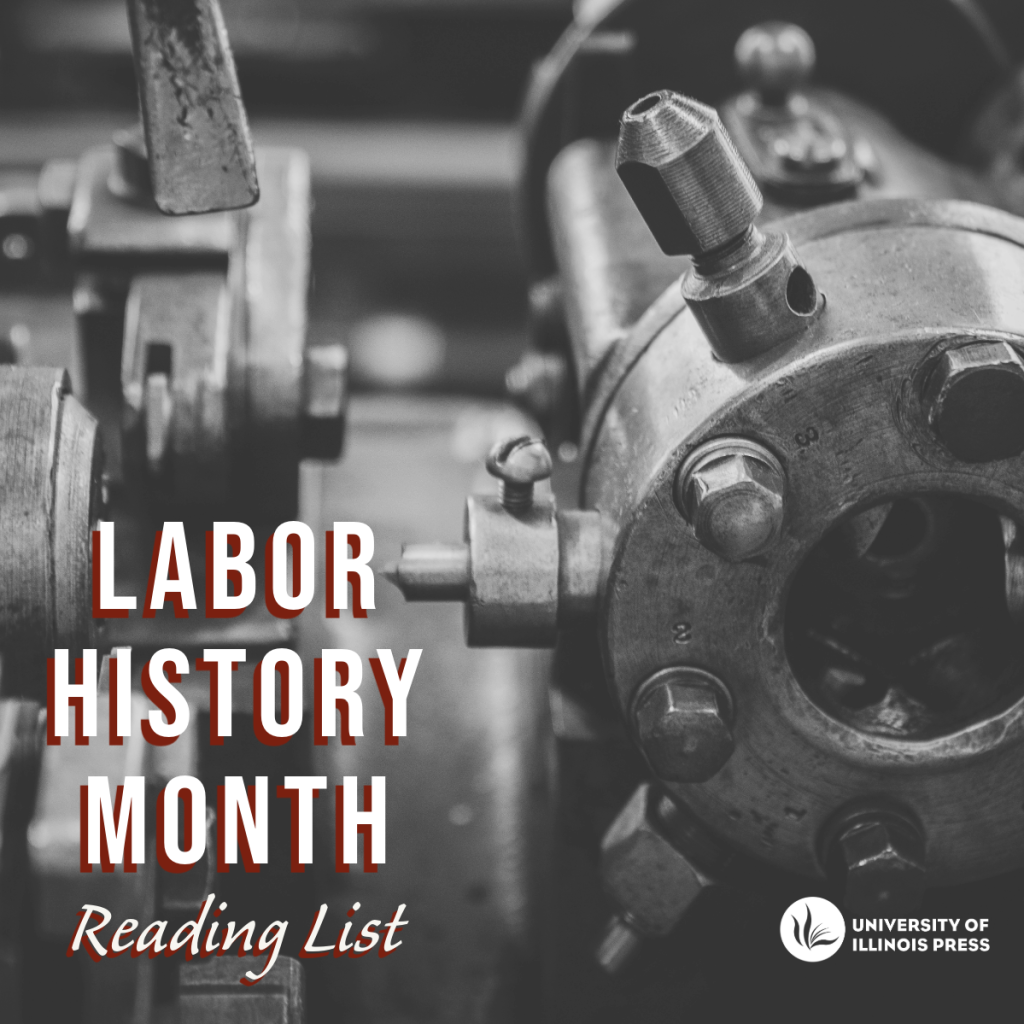May is Labor History Month—a celebration of the achievements of American workers and their struggle to get better rights. We are happy to offer a glance at some our most recent and most enjoyed books and journal articles in labor history studies.
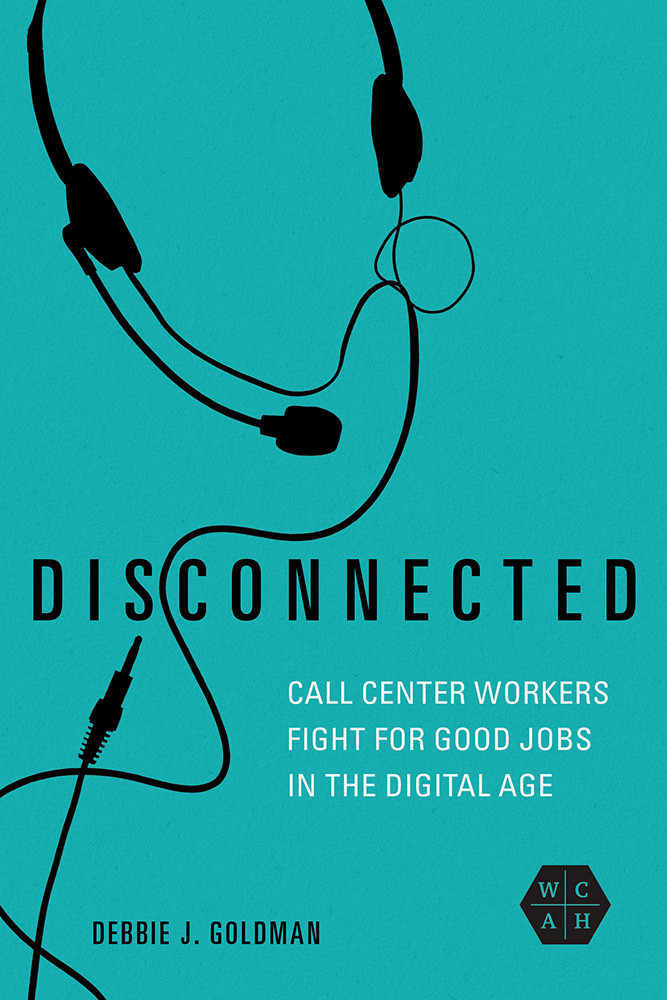
Disconnected: Call Center Workers Fight for Good Jobs in the Digital Age
Debbie J. Goldman
Perceptive and nuanced, Disconnected tells an overlooked story of service workers in a time of change.
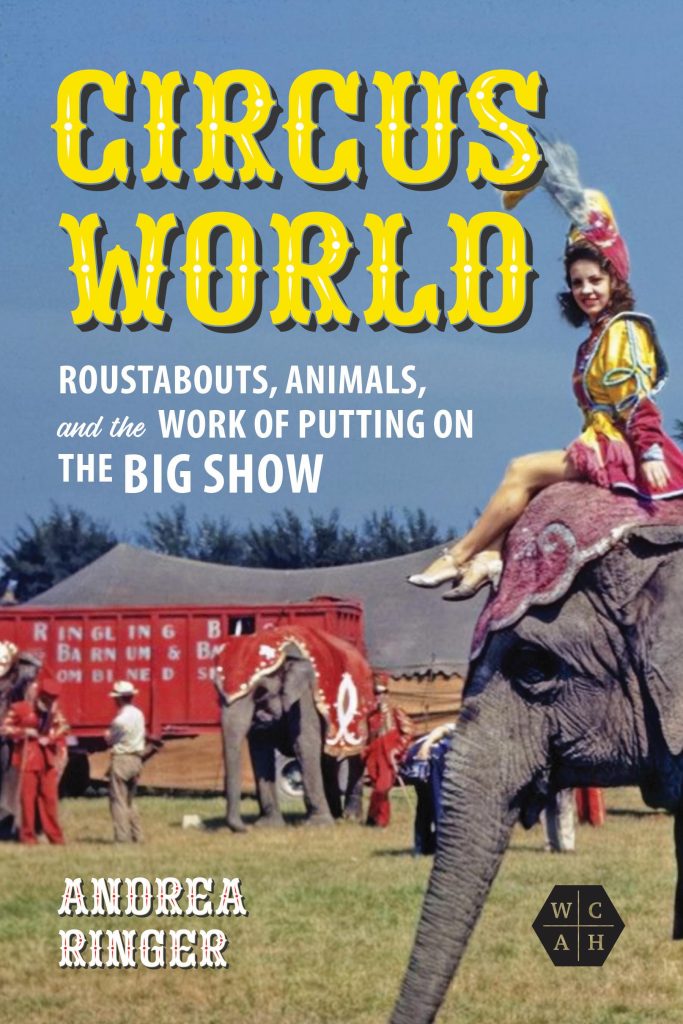
Circus World: Roustabouts, Animals, and the Work of Putting on the Big Show
Andrea Ringer
Illuminating and vivid, Circus World delves into the gender, class, and even species concerns within an extinct way of life.
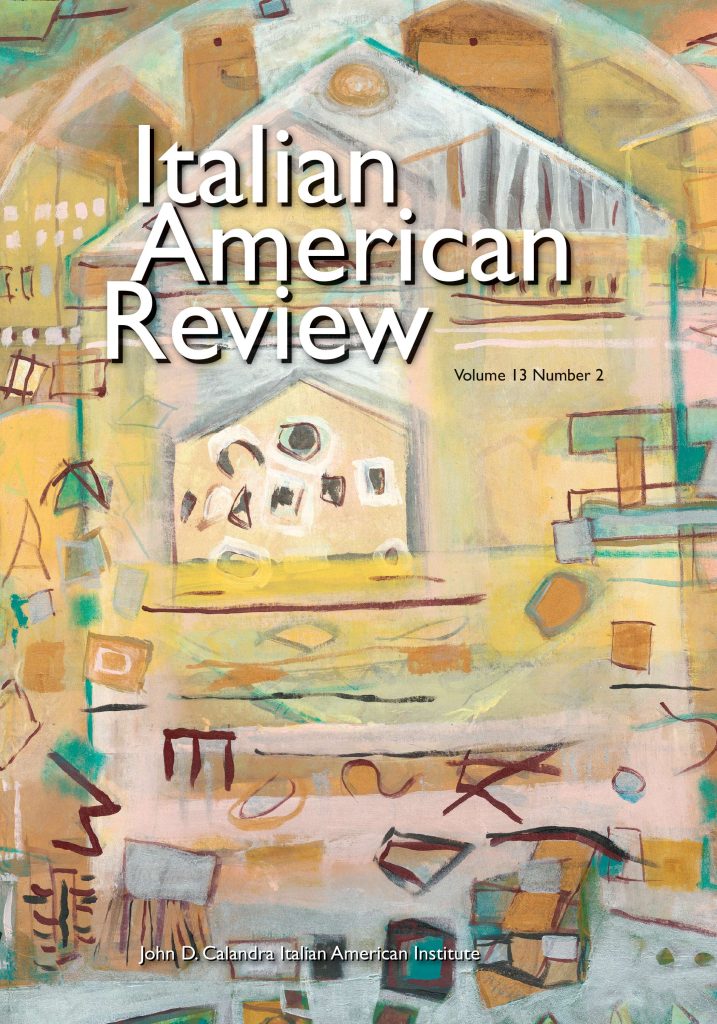
“Gerald Meyer: The People’s Historian (June 5, 1940–November 10, 2021)” by Marcella Bencivenni
In this essay, Marcella Bencivenni remembers Gerald Meyer and his varied life as a political activist and organizer, as a historian, and as a teacher. Meyer is best known in scholarship for his pioneering research on Italian American radicalism and the American Left of the New Deal period, with a particular focus on the history of communism. Published by SUNY Press in 1989, and now in its fourth reprint, his monograph Vito Marcantonio: Radical Politician, 1902–1954 provided not only a fascinating portrait of a hugely popular Italian American politician, but also a great ethnic history of East Harlem.
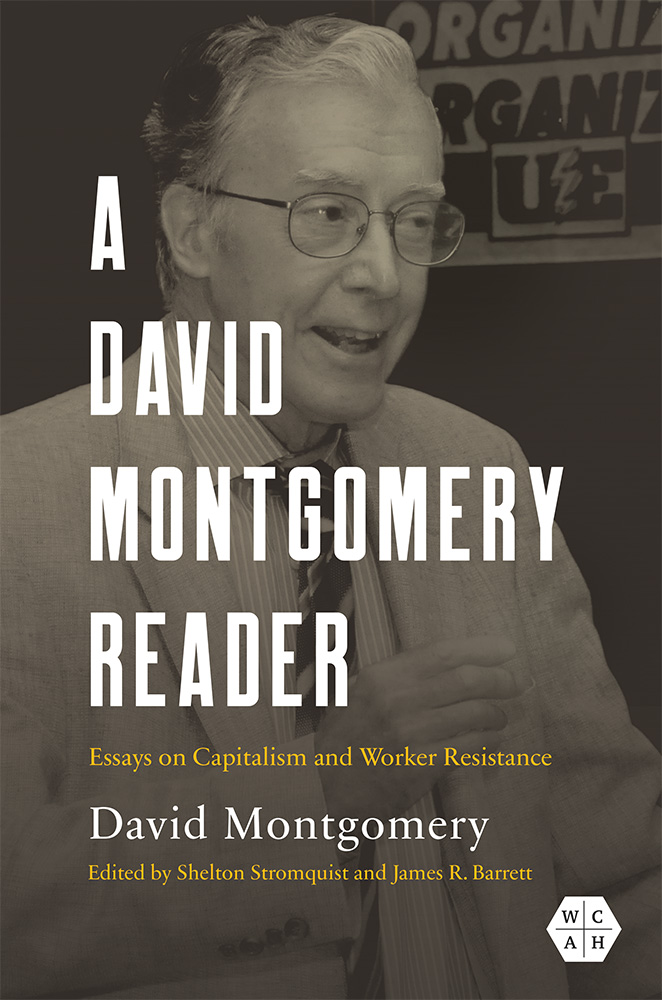
A David Montgomery Reader: Essays on Capitalism and Worker Resistance
David Montgomery
Edited by Shelton Stromquist and James R. Barrett
A foundational figure in modern labor history, David Montgomery both redefined and reoriented the field. This collection of Montgomery’s most important published and unpublished articles and essays draws from the historian’s entire five-decade career.
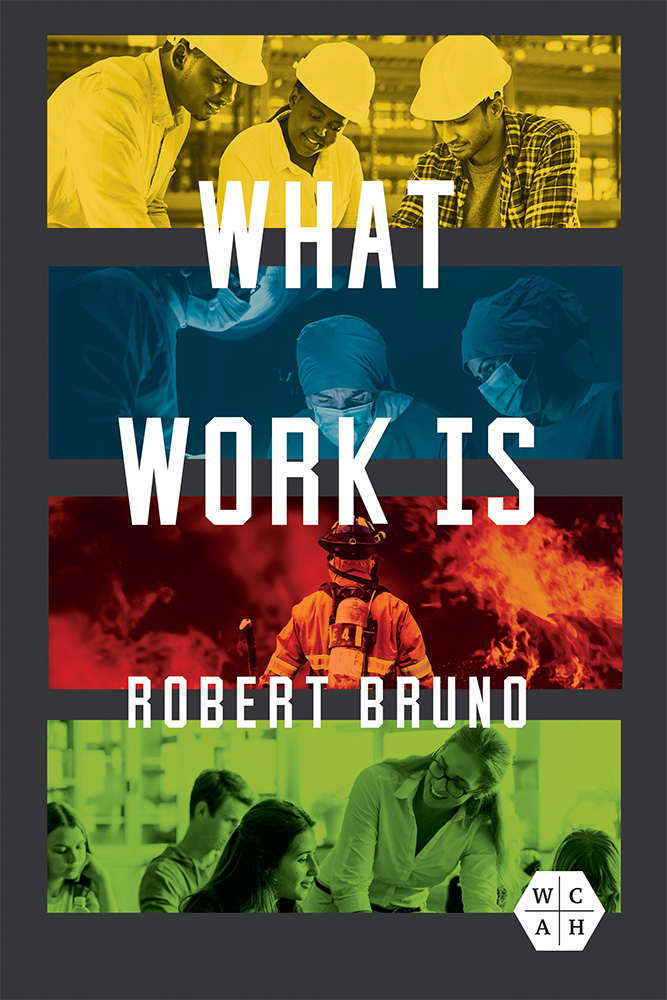
Robert Bruno
Far-seeing and sympathetic, What Work Is merges personal experiences with research, poetry, and other diverse sources to illuminate workers’ lives in the present and envision what work could be in the future.
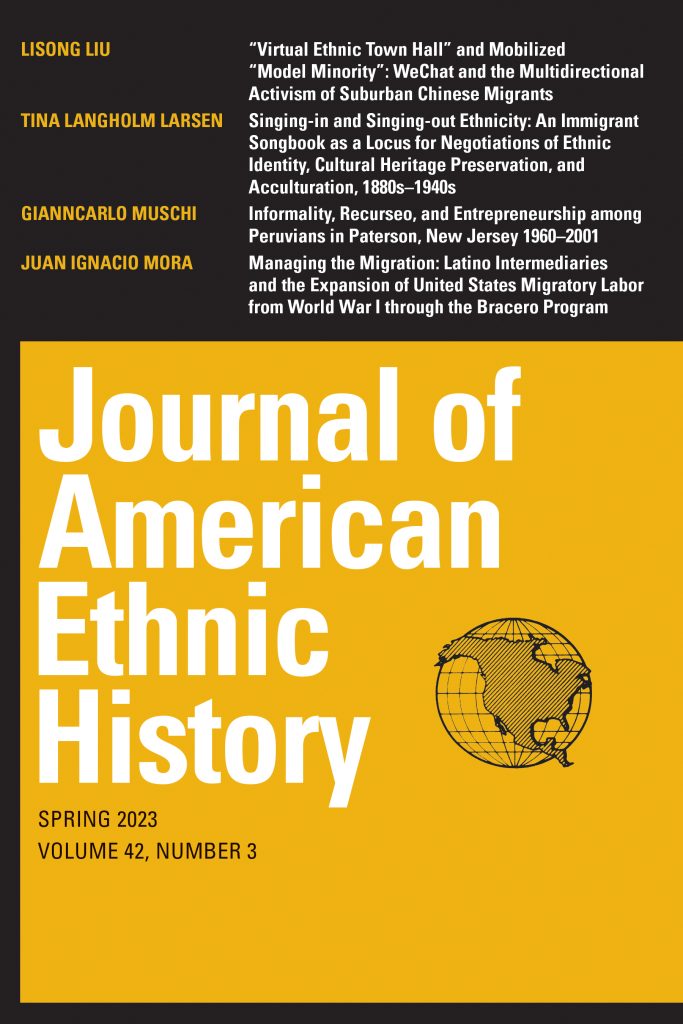
Journal of American Ethnic History
“Managing the Migration: Latino Intermediaries and the Expansion of United States Migratory Labor from World War I through the Bracero Program” by Juan Ignacio Mora
This article charts the migration of ethnic Mexican agricultural workers from the Southwest to the Midwest in the years following the United States’ entrance into World War I, the formalization of an interstate labor recruitment apparatus, and the role of ethnic intermediaries. “Latino intermediary” is used here to describe the Mexican American truckers and crew leaders who most directly upheld the Midwest’s agricultural industry and labor regime. From the end of World War I through the end of the Bracero Program, Latino intermediaries straddled the line between serving the interests of other ethnic Mexican migrant workers, growers, and themselves.
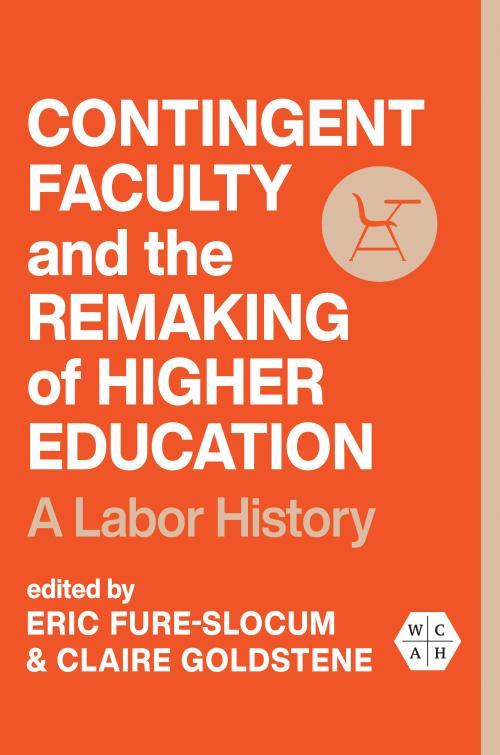
Contingent Faculty and the Remaking of Higher Education: A Labor History
Edited by Eric Fure-Slocum and Claire Goldstene
Interdisciplinary in approach and multifaceted in perspective, Contingent Faculty and the Remaking of Higher Education surveys the adjunct system and its costs.
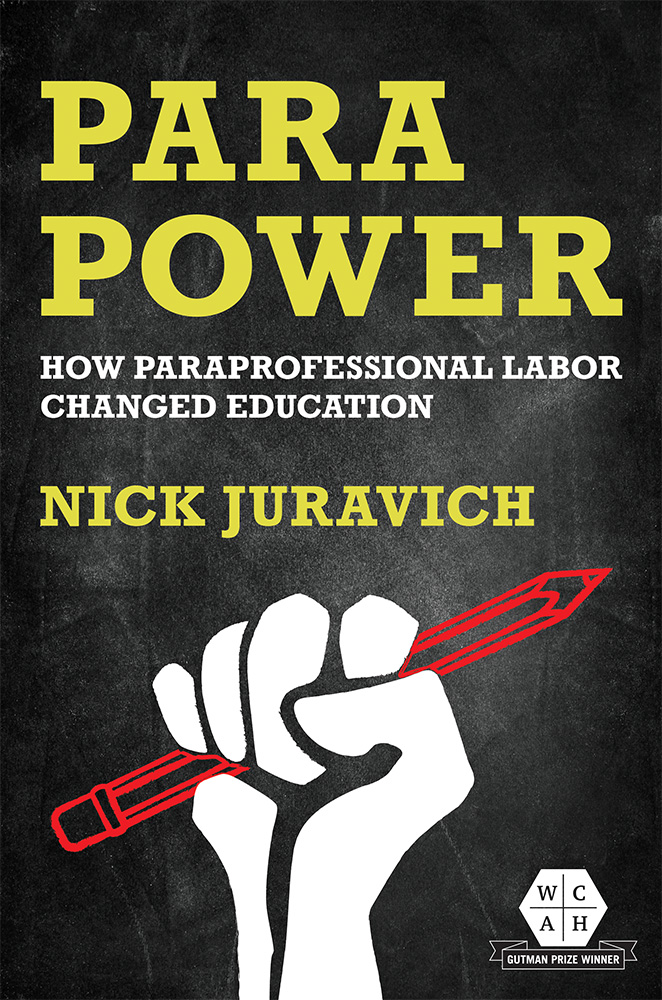
Para Power: How Paraprofessional Labor Changed Education
Nick Juravich
An engaging portrait of an invisible profession, Para Power examines the lives and practices of the first generation of paraprofessional educators against the backdrop of struggles for justice, equality, and self-determination.
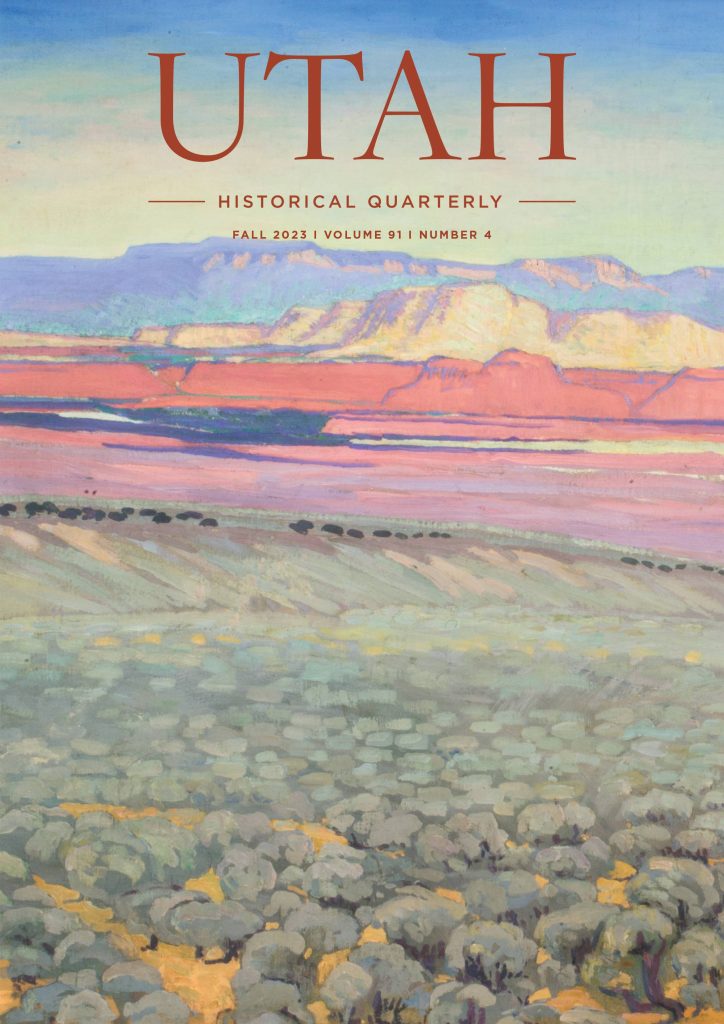
“The Power of Paint: Working Women in Utah’s Art World, 1935–1955” by Emily Larsen
In the early through mid-twentieth century, working in the arts allowed some Utah women public and professional power at a time when women’s work was often unseen and discouraged. As women worked, messages both secular and religious instructed them to stay at home as mothers. Emily Larsen examines women—including Alice Merrill Horne and Florence Ware, amongst others—who ran galleries, arts institutions, and organizations that shaped the careers of both male and female artists across the state within a mid-century culture that associated achievements in the arts with homemaking and “civilization.”
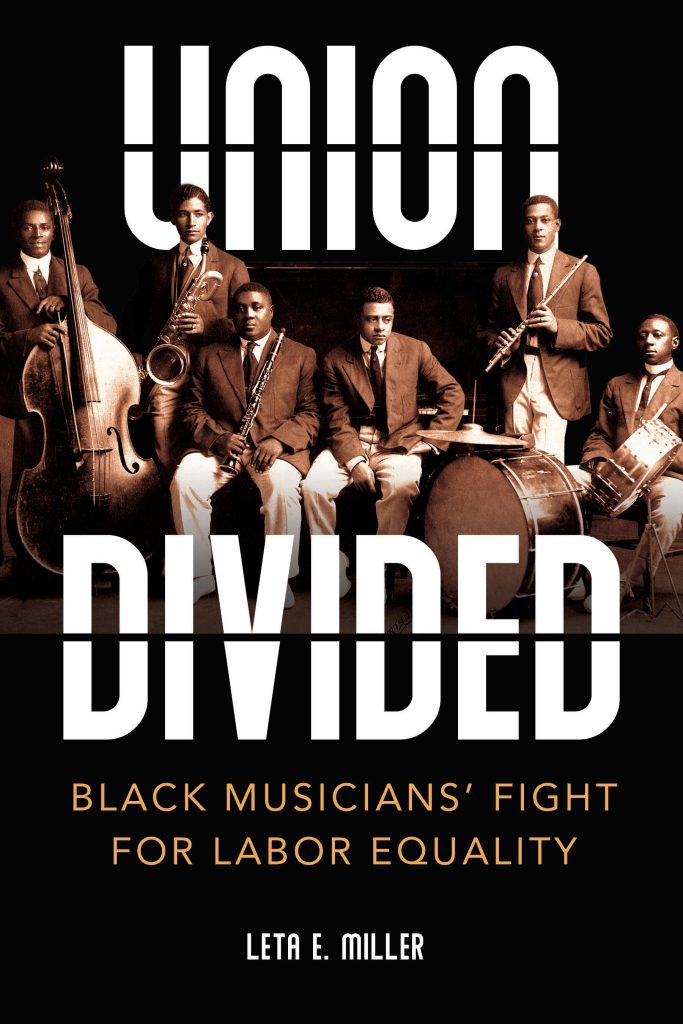
Union Divided: Black Musicians’ Fight for Labor Equality
Leta E. Miller
Broad in scope and rich in detail, Union Divided illuminates the complex working world of unionized Black musicians and the AFM’s journey to racial inclusion.
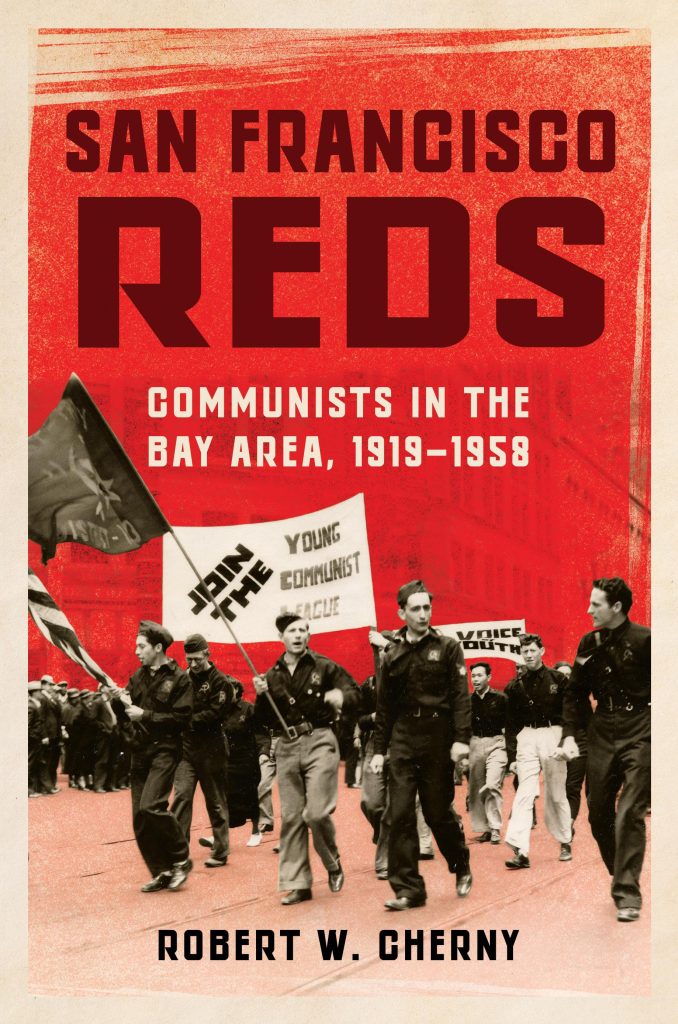
San Francisco Reds: Communists in the Bay Area, 1919-1958
Robert W. Cherny
Vivid and exhaustively researched, San Francisco Reds is a long view account of the personal motivations and activism of an Old Left generation in a West Coast city.
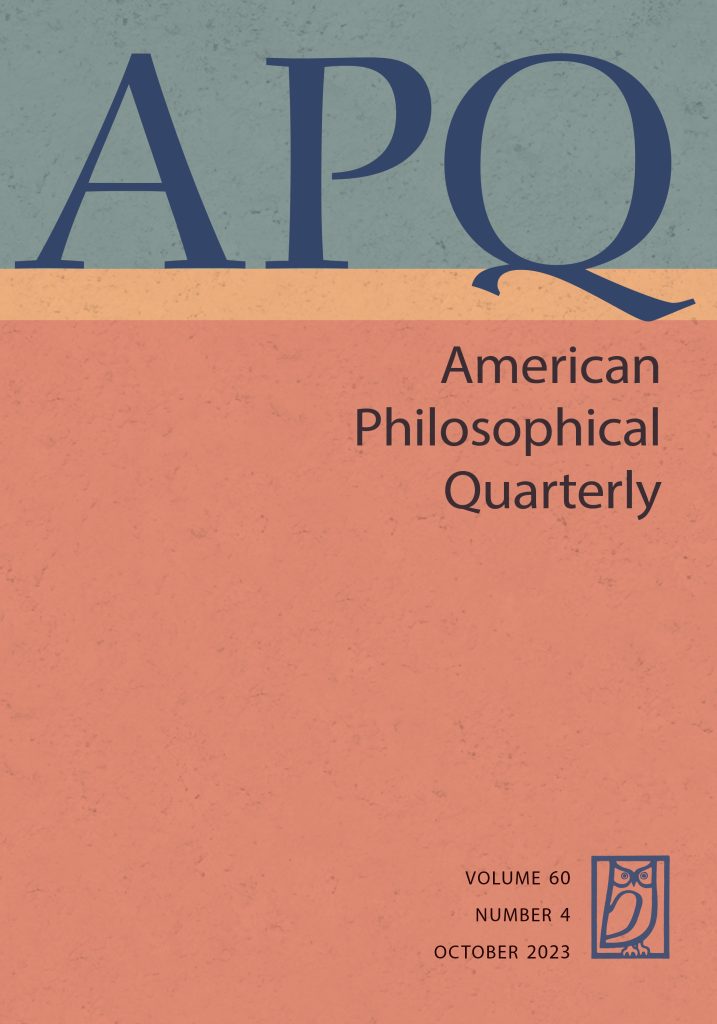
American Philosophical Quarterly
“Race and Class Together” by Lawrence Blum
Lawrence Blum argues that any attempt to fully secure racial justice for a racial group will require a combination of race-focused and class-focused policies. Anti-racist outlooks often neglect or downplay either the normative or the explanatory significance of class, or both, while “Systemic racism” terminology recognizes class explanatorily but suppresses it normatively. Blum, when engaging Charles Mills’ writing, considers how Mills’s influential notion of “white supremacy” remains a powerful tool for conceptualizing and illuminating racial injustice, while also potentially contributing to minimizing or masking the justice-related impact of class.
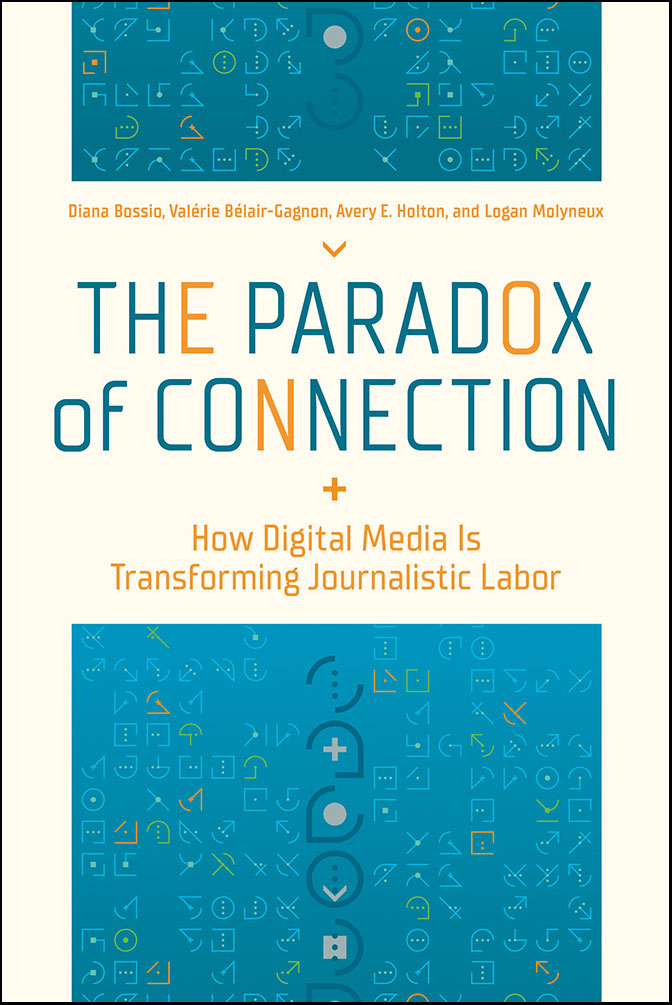
The Paradox of Connection: How Digital Media Is Transforming Journalistic Labor
Diana Bossio, Valérie Bélair-Gagnon, Avery E. Holton, and Logan Molyneux
Using a framework of online connection and disconnection, The Paradox of Connection examines how journalists’ practices are formed, negotiated, and maintained in dynamic social media environments.
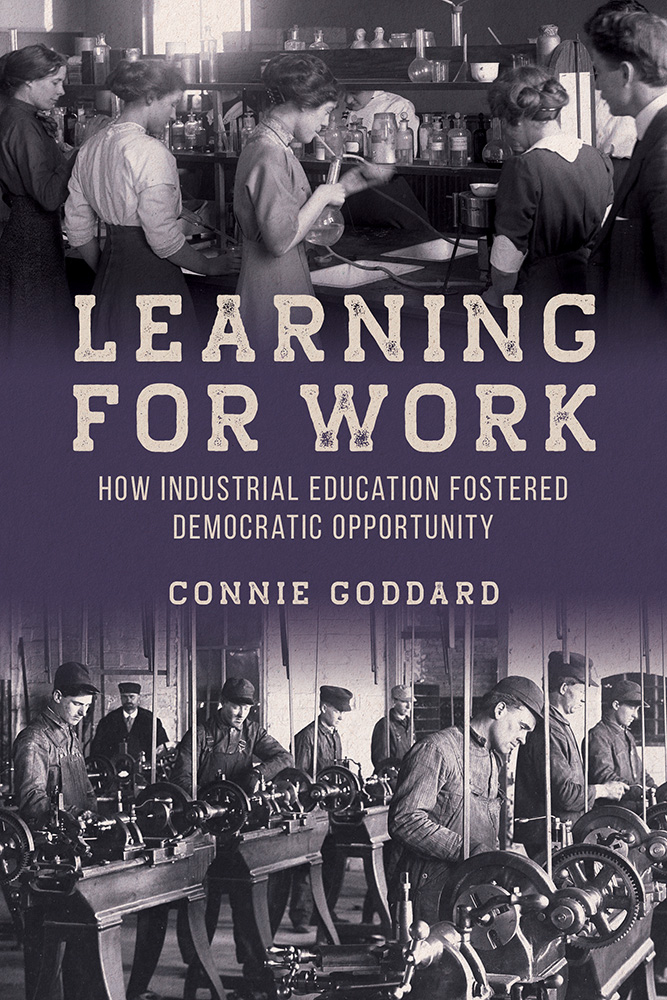
Learning for Work: How Industrial Education Fostered Democratic Opportunity
Connie Goddard
An absorbing merger of history and storytelling, Learning for Work looks at the people who shaped industrial education while offering a provocative vision of realizing its potential today.
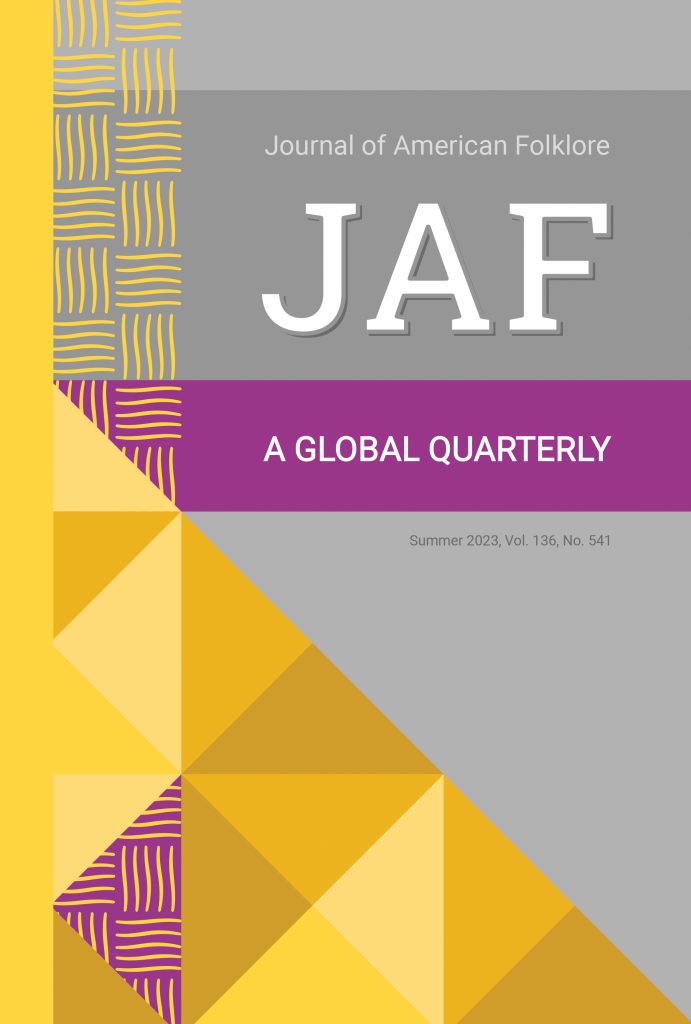
“Repairing Tradition: Vernacular Knowledge, Cognitive Spaces, and Economies of Work in an Agricultural Repair Shop” by John Laudun
While there is a rich history of artisanal, craft, and industrial fabrication in folklore studies, histories and studies of repair have only recently begun to emerge as part of a larger effort to re-think the nature of creativity (and thus also of tradition). Dotting urban and rural landscapes around the world, repair shops occupy physical and mental spaces situated between maintaining things as they are and creating something entirely new. Drawing on extensive ethnographic observation of a repair shop in the Louisiana prairies, John Laudun’s study seeks to understand repair as a complex socio-technical system, a negotiation of the world as it is with the world as it should be.
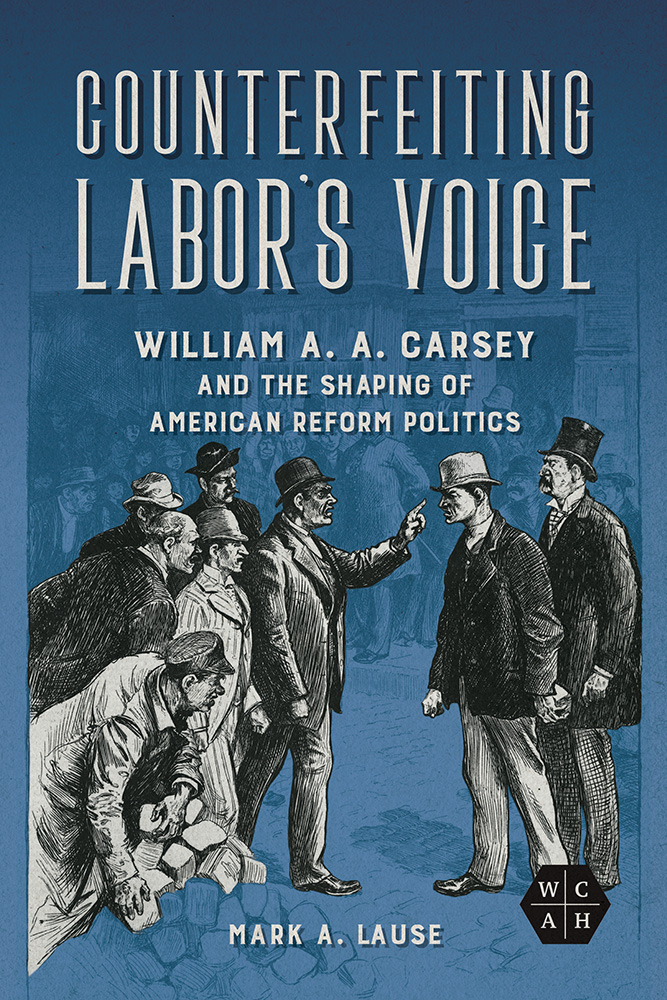
Counterfeiting Labor’s Voice: William A. A. Carsey and the Shaping of American Reform Politics
Mark A. Lause
Confidence man and canny operative, charlatan and manipulator–William A. A. Carsey emerged from the shadow of Tammany Hall to build a career undermining working-class political organizations on behalf of the Democratic Party. Mark A. Lause’s biography of Carsey takes readers inside the bare-knuckle era of Gilded Age politics.

